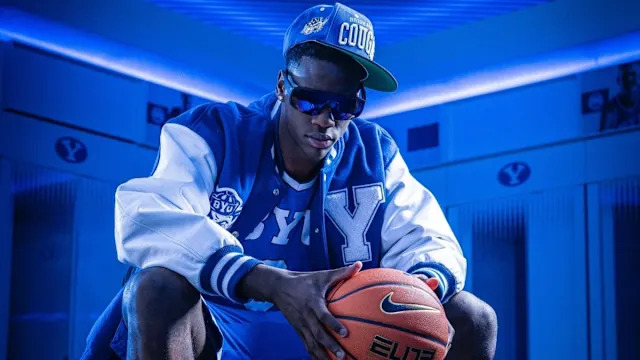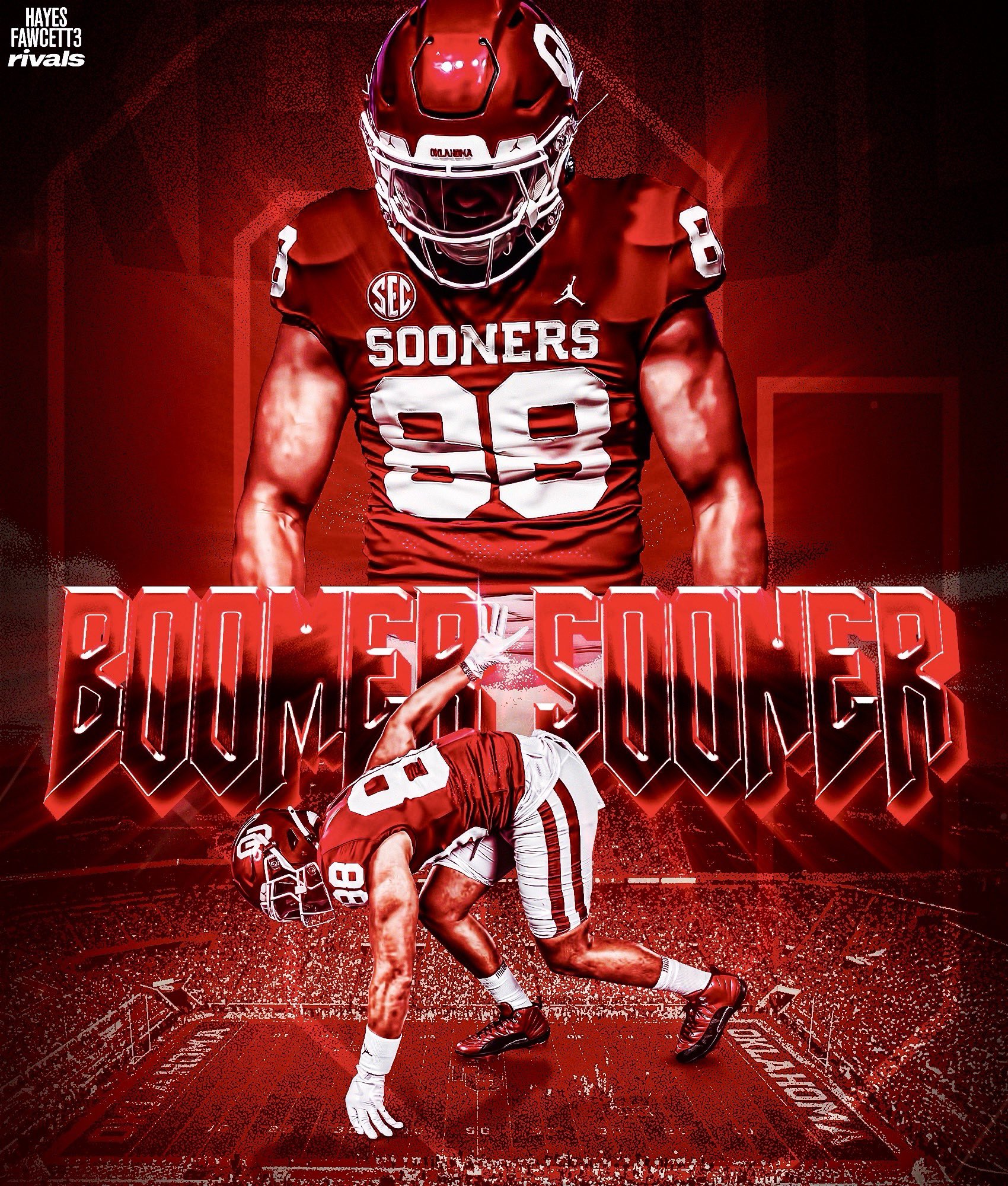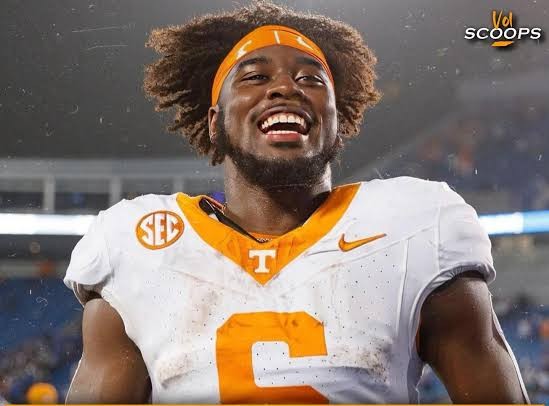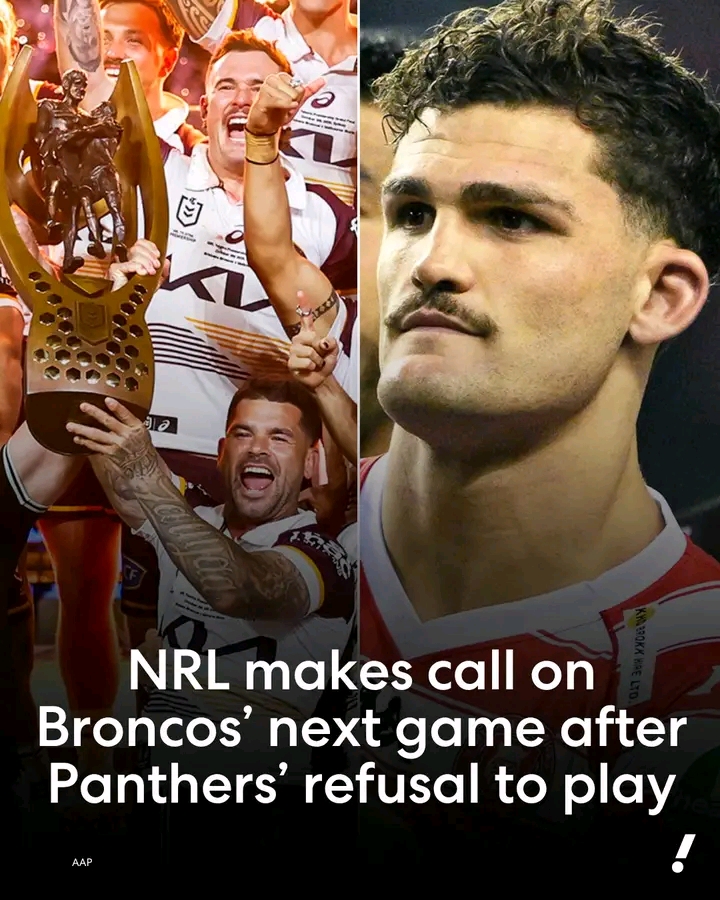In a notable development ahead of the 2025–26 college basketball season, Brigham Young University (BYU) has arranged an exhibition game with the University of North Carolina (UNC), scheduled to take place in October at the Delta Center in Salt Lake City. What sets this exhibition apart from typical preseason matchups is the financial arrangement between the two schools: BYU has agreed to pay UNC $500,000 to participate in the contest.
According to details obtained by Robby McCombs of SB Nation, this payment will be made within 30 days after the game. The official contract stipulates that UNC, designated as the visiting team, will also receive 50 complimentary lower-bowl tickets positioned behind their bench. These perks are standard in high-profile exhibition deals but still represent a significant commitment from BYU to attract a blue-blood basketball brand like North Carolina.
Though exhibition games do not count towards regular-season records, they often serve as a preview of each team’s capabilities and chemistry. For BYU, this game provides a marquee opponent to draw fan interest and prepare the roster for the rigorous competition that lies ahead in the regular season. From a branding and revenue standpoint, the matchup holds further appeal for BYU, as the home team retains all broadcast rights and revenue streams associated with the event. This includes television deals, ticket sales, and in-arena advertising revenue. For BYU, bringing a team with UNC’s stature to Salt Lake City is likely to result in a strong financial and publicity payoff, even after accounting for the hefty payout.
This exhibition will be BYU’s second confirmed preseason contest. Their first is slated for October 18 against Nebraska, another program that gained national attention recently. The Cornhuskers are coming off a major win, having secured the inaugural College Basketball Crown back in April 2025. Nebraska defeated UCF 77–66 in the championship game held in Las Vegas, earning $300,000 in NIL (Name, Image, and Likeness) funding in the process. That victory boosted Nebraska’s profile and made them an attractive exhibition opponent for any program, including BYU.
This evolving approach to exhibition matchups speaks to a broader trend in college basketball: schools are increasingly willing to pay for elite opposition in high-visibility venues, even if the games are unofficial. For BYU, who is still adjusting to Power Conference competition and aiming to establish itself as a national contender, these matchups provide critical exposure and development.
Beyond the exhibitions, BYU is also gearing up for a challenging non-conference schedule to start the regular season. Confirmed matchups include Wisconsin and UConn, two programs with strong recent histories. Additionally, BYU will participate in a multi-team event (MTE) hosted at the Disney World Resort in Orlando, Florida. These types of events typically feature a collection of nationally relevant programs, and BYU’s inclusion underscores its growing ambition and recognition.
While the $500K fee might raise eyebrows for a non-competitive (in the record books) game, it reflects the commercial realities of modern college basketball. High-profile exhibitions serve dual purposes: they prepare teams in a semi-competitive setting and generate buzz among fans and media. For programs like BYU, which is trying to elevate its national stature, investing in such opportunities can deliver substantial long-term benefits. Not only do they get an early test against elite talent, but they also attract attention from recruits, sponsors, and national media outlets.
UNC, on the other hand, benefits from the guaranteed payday and the chance to test its lineup in a controlled environment. Coaches often use these games to evaluate rotations, experiment with strategies, and get younger players acclimated to high-pressure settings—all without jeopardizing the team’s regular-season record.
Additionally, this kind of arrangement allows UNC to spread its brand nationally. Playing in Utah offers exposure in a different media market and expands its fan reach, especially given UNC’s long-standing reputation as one of the most recognized programs in all of college basketball. For their fans in the western U.S., the game offers a rare opportunity to see the team live outside the typical ACC territory.
In the bigger picture, these types of exhibition deals might become more common as college programs look for ways to optimize preseason preparation while tapping into new revenue streams and media exposure. It is a clear example of how college sports are evolving rapidly, blending athletic development with strategic business decisions in a way that was rarely seen a decade ago.
Furthermore, the structure of this deal underscores how power dynamics and branding affect college basketball scheduling. Schools like UNC can command significant appearance fees simply due to their history and prestige. For a team like BYU, willing to write a large check, the trade-off is getting a game that can elevate its schedule and visibility. The win may not count in the standings, but the value of the matchup could ripple through the season in terms of team confidence, fan excitement, and national attention.
This exhibition is also symbolic of BYU’s push to compete at a higher level, not just in terms of performance but in how it structures its athletic program. It sends a message that BYU is ready to spend to ensure its basketball program stands toe-to-toe with the nation’s best—not just on the court, but also in the boardroom.
In conclusion, BYU’s decision to pay $500,000 to North Carolina for an October exhibition is more than just a financial agreement—it’s a statement. It shows the school’s serious commitment to enhancing its basketball profile, generating fan interest, and creating meaningful matchups ahead of the 2025–26 season. While the game itself won’t count in the standings, its impact on reputation, preparation, and revenue could prove very significant as the Cougars continue to carve out a place among the sport’s elite.



